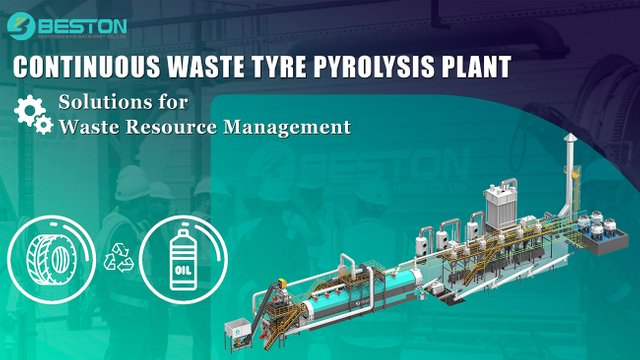Policy Incentives for Waste tyres Conversion via Pyrolysis
The conversion of waste tyres through pyrolysis is increasingly recognized as a viable solution to both waste management and energy recovery challenges. This thermochemical process transforms discarded rubber into valuable outputs, including pyrolysis oil, carbon black, and combustible gases. Policy incentives play a pivotal role in accelerating the adoption of this technology, encouraging industrial investment, and ensuring compliance with environmental standards.
Regulatory Frameworks
Many governments have established directives to limit tyre disposal in landfills and open dumps, prompting industries to explore alternative disposal pathways. Subsidies, tax credits, and import duty reductions for advanced processing equipment are common mechanisms designed to lower capital expenditure barriers. In certain jurisdictions, regulatory agencies also offer carbon credits for facilities that demonstrate measurable reductions in greenhouse gas emissions through tyre pyrolysis.
Environmental permitting is often streamlined for operations utilizing best-available technologies, such as a fully automatic tyre pyrolysis plant, which incorporates emission control systems and continuous monitoring. These measures not only enhance regulatory compliance but also improve public acceptance of pyrolysis-based waste management.

Economic Incentives
Feed-in tariffs and renewable energy purchase agreements are frequently extended to facilities generating electricity from pyrolysis-derived syngas. In parallel, preferential procurement policies for recovered carbon black and alternative fuels stimulate market demand for pyrolysis outputs. Capital grant programs targeting circular economy projects further support enterprises investing in modern tyre conversion infrastructure.
For export-oriented producers, trade facilitation measures, including reduced port fees and expedited customs clearance for by-products, can enhance profitability. Governments may also establish minimum recycled content requirements in manufacturing sectors, indirectly increasing demand for pyrolysis-derived materials.
Environmental Impact Considerations
Policy frameworks often integrate environmental performance benchmarks into incentive structures. Operators achieving higher material recovery rates, energy efficiency thresholds, or reduced emission profiles can access enhanced benefits. These criteria drive the adoption of automated processing systems, where feedstock handling, reactor operation, and product separation are optimized to minimize waste and maximize yield.
By diverting end-of-life tyres from uncontrolled incineration or illegal dumping, pyrolysis reduces particulate emissions, mitigates leachate formation, and conserves landfill space. The environmental advantages provide a strong rationale for sustained governmental support.
Technology Adoption and Localization
Fully automated systems offer operational consistency, reduced labor dependency, and lower safety risks. Policies that prioritize such advanced configurations enable quicker integration into existing waste management frameworks. Localization incentives—such as requiring partial domestic manufacturing of equipment—can stimulate regional industry growth while ensuring technical skills transfer.
Furthermore, establishing centralized tyre collection networks enhances feedstock availability for pyrolysis facilities, reducing logistical inefficiencies. Such networks often operate under public-private partnership models, aligning government oversight with private sector operational expertise.
Conclusion
Policy incentives are instrumental in scaling up waste tyre pyrolysis as an environmentally sound and economically viable industry. Strategic combinations of fiscal benefits, regulatory facilitation, and environmental performance rewards encourage the deployment of technologies like a fully automatic tyre pyrolysis plant. As regulatory and market pressures to manage tyre waste intensify, well-designed policy frameworks will remain a decisive factor in fostering adoption and ensuring long-term sector resilience.